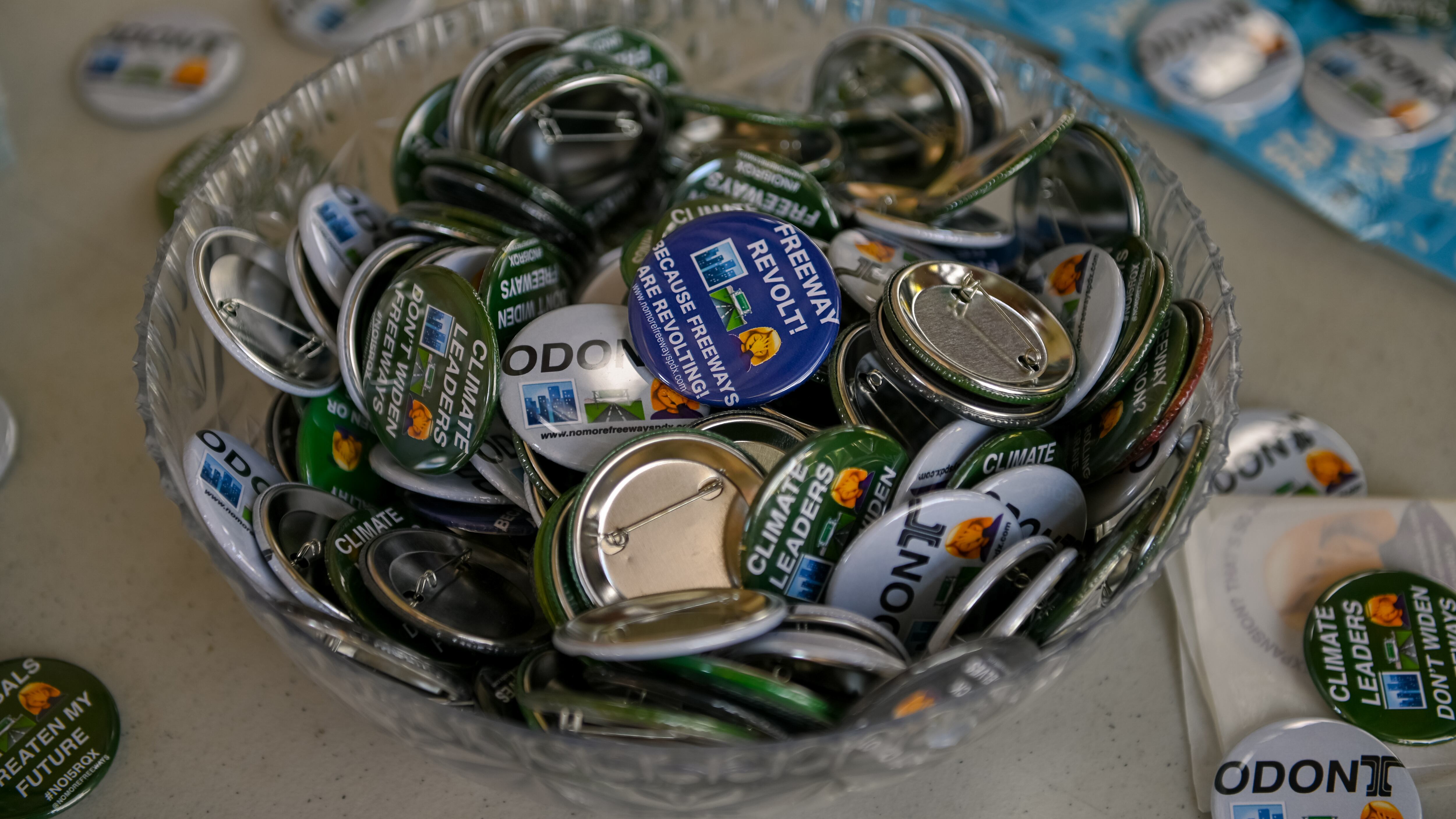Last week, U.S. Rep. Peter DeFazio (D-Ore.) issued a warning in an interview with WW: If Oregon and Washington don’t act urgently to design an Interstate 5 bridge over the Columbia River, they risk being left off the Biden administration’s short list of key transportation projects.
Another observer says there’s another problem with the next Columbia River bridge: The project is being run by the same state agencies that bungled the Columbia River Crossing a decade ago.
David Bragdon, who was Metro Council president during the CRC debacle, made his case May 5 in an editorial for the progressive urban planning think tank City Observatory. Bragdon argues that the Oregon and Washington state departments of transportation should not be granted oversight of another bridge project.
“Unfortunately, I understand that’s exactly what’s going on with the rebranded CRC: the same agencies, and even some of the same personalities who failed so spectacularly less than a decade ago—wasting nearly $200 million and building absolutely nothing—have inexplicably been rewarded for their failure by being given license to try the very same task, using the very same techniques of bamboozlement,” Bragdon writes. “It’s the definition of insanity.”
Bragdon’s memory is correct: Oregon and Washington’s transportation agencies spent more than $175 million on blueprints that reporting in WW and elsewhere revealed was based in faulty traffic projections, wouldn’t solve congestion, was far more expensive than it needed to be and, most damningly, wasn’t tall enough for ships to pass under.
Bragdon’s analysis also fits into a larger debate about whether the state transportation agencies are overly committed to freeway lanes. That was a fight in 2013 and hasn’t abated since: Most recently, it’s at the center of an intense dispute over the expansion of Interstate 5 a few miles south of the Columbia, in Portland’s Rose Quarter.
Bragdon’s central argument: Those agencies lied then, and they’re lying now.
Bragdon’s lengthy criticism, written through colorful metaphors (“It’s the same old soup in a new bowl, brewed by cynical chefs who, cigarettes dangling from their lips, also cook the books on traffic forecasts, budgets and [gas emissions] modeling”) and scathing sarcasm (“this claim that billions must—must!—be spent on overbuilding I-5 comes from an agency that can’t seem to find a few nickels to fund passenger trains between Portland or Eugene, or paint crosswalks or install signals to prevent pedestrians from being killed on 82nd Avenue”)—can be boiled down to one simple sentiment: The bridge shouldn’t be built by two woefully incompetent state transportation agencies.
“I’m saddened to see that almost a decade later the Governors of Oregon and Washington have unleashed the same agencies again to use the same techniques and simply continue this stupefying track record of incompetence and dishonesty. Those of us who were leading the region 10-15 years ago learned a difficult and expensive lesson about the perils of trusting ODOT and WSDOT management and their methods. We can only hope that today’s leaders profit from our experience and not repeat our mistake of trusting the phony sales pitches used to push this project, which is the wrong solution to a set of very real problems.”
The ODOT Interstate Bridge Replacement program administrator, Greg Johnson, tells WW in a statement that the agency’s intention is to lead “an authentic process grounded in equity and transparency.”
“We have heard from thousands of people on both sides of the Columbia River and consistently heard we need to replace and modernize the Interstate Bridge. I am dedicated to delivering this project in alignment with the region’s values,” Johnson said. “I encourage everyone to engage in the process to reach an outcome that works for all of us. While it is important to learn from the past, we must remain focused on the future and the opportunities that are in front of us.”
Bragdon alludes to a particularly damning report commissioned by ODOT and WSDOT in 2010 that resulted in findings that the agencies had porous elements to the plan, including an untested bridge type and an unsound tolling plan.
He said that report “poisoned” the agencies’ relationship with the community with a “pattern of half-truths, untruths, and broken promises. It was this pattern of deceit that weakened the CRC proposal to the point that the right-wingers in Olympia could ultimately provide the death blow.”
That final blow has proved the first battleground over the new bridge, with Republicans in Washington state pledging that including a light-rail line to Vancouver would be a deal breaker.
On May 7, DeFazio said light rail must be included—but is hardly the largest hurdle to a bridge.
“The administration wants projects that can happen, and they want things that are feasible within an eight-year window,” DeFazio said. “But the problem is, we don’t have a plan.”
Bragdon, who left Metro to work for Mayor Michel Bloomberg’s planning department in New York City and now runs a transportation think tank, says a bridge across the Columbia River will require innovative thinking beyond the grasp of state highway engineers.
“The two State Highway Departments have already proven they have none of those attributes,” he concludes. “Their proposal will not solve the real problems and will actually exacerbate them, and their methods and lack of credibility will lead to more wasted years and wasted money.”
